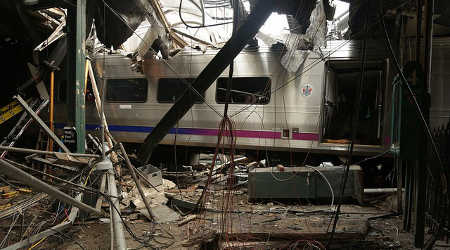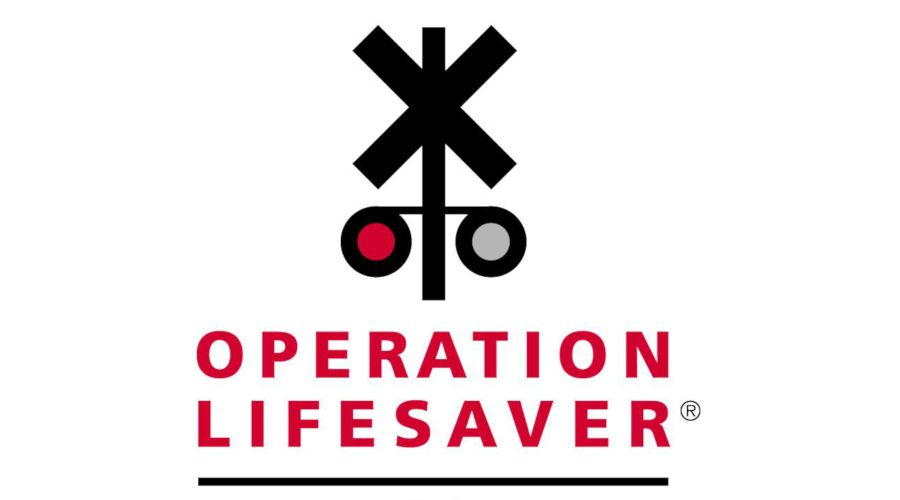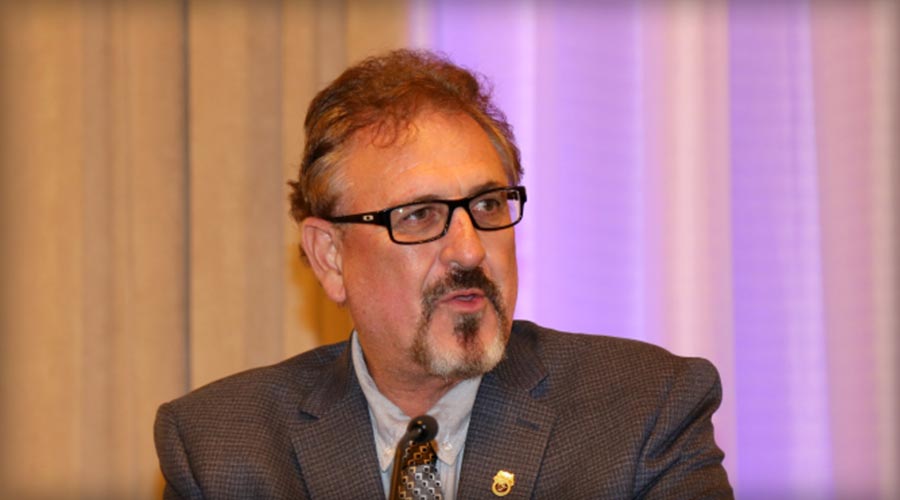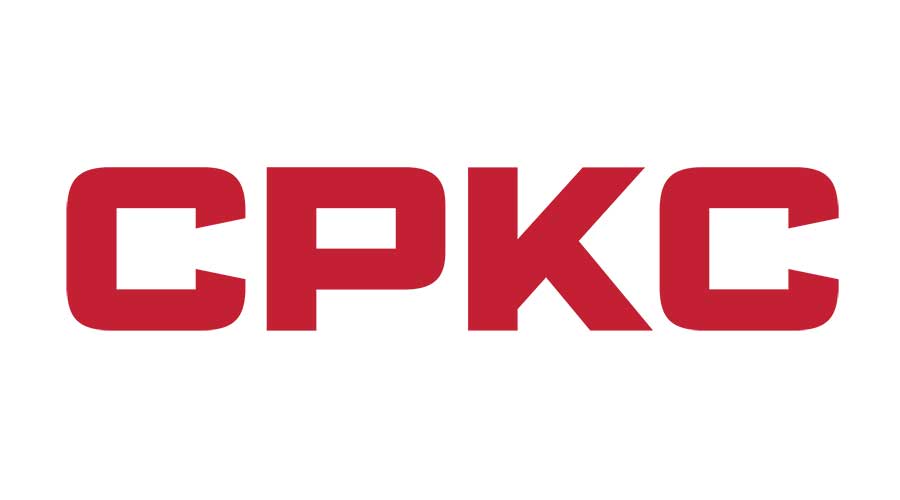Stay updated on news, articles and information for the rail industry
2/15/2018
Rail News: Federal Legislation & Regulation
NTSB to FRA: Require railroads to screen for sleep disorders

The National Transportation Safety Board (NTSB) yesterday issued a special investigation report on two end-of-track collisions at terminal stations in New Jersey and New York.
The report includes new safety recommendations to the Federal Railroad Administration (FRA) and new safety recommendations to New Jersey Transit and the Metropolitan Transportation Authority (MTA).
In addition, the report reiterates two safety recommendations to the FRA, including that the FRA require railroads to medically screen "safety-sensitive" employees for sleep disorders.
Last week, the NTSB announced that both accidents, which involved two commuter railroads in the New York City area, were caused by engineer fatigue resulting from undiagnosed and untreated obstructive sleep apnea.
The Sept. 29, 2016, accident involving a NJ Transit train at the terminal in Hoboken, New Jersey, killed one person and injured 110. The MTA Long Island Rail Road (LIRR) accident that occurred Jan. 4, 2017, at the Atlantic Terminal in Brooklyn, New York, injured 108 people.
Both accidents involved trains that struck end-of-track bumping posts and crashed into stations. Both incidents had "almost identical" probable causes and safety issues, NTSB officials said in a press release.
In addition to recommending safety-sensitive personnel be screened for obstructive sleep apnea, the NTSB recommended the use of technology such as positive train control in terminal stations and improving the effectiveness of system safety program plans to improve terminal operations.
In its report issued yesterday, the NTSB made the following new safety recommendations to the FRA:
• require intercity passenger and commuter railroads to implement technology to stop a train before reaching the end of tracks.
• include the Collision Hazard Analysis Guide for Commuter and Intercity Passenger Rail Service as part of the regulation or part of a detailed compliance manual to assist railroads in implementing Title 49 Code of Federal Regulations Part 270.
The NTSB also recommended that NJ Transit and MTA:
• review and revise the hazard management portion of their system safety program plans to ensure that they document previous incidents and use them when identifying and assessing operational hazards; and
• ensure that operator impairment due to medical conditions, including obstructive sleep apnea, is part of the hazard management portion of their system safety program plan.
To the FRA, the NTSB reiterated the following safety recommendations:
• require railroads to medically screen employees in safety-sensitive positions for sleep apnea and other sleep disorders; and
• develop and enforce medical standards that railroad employees in safety-sensitive positions diagnosed with sleep disorders must meet to be considered fit for duty.


 2025 MOW Spending Report: Passenger-rail programs
2025 MOW Spending Report: Passenger-rail programs
 Gardner steps down as Amtrak CEO
Gardner steps down as Amtrak CEO
 Guest comment: Oliver Wyman’s David Hunt
Guest comment: Oliver Wyman’s David Hunt
 Women of Influence in Rail eBook
Women of Influence in Rail eBook
 railPrime
railPrime








